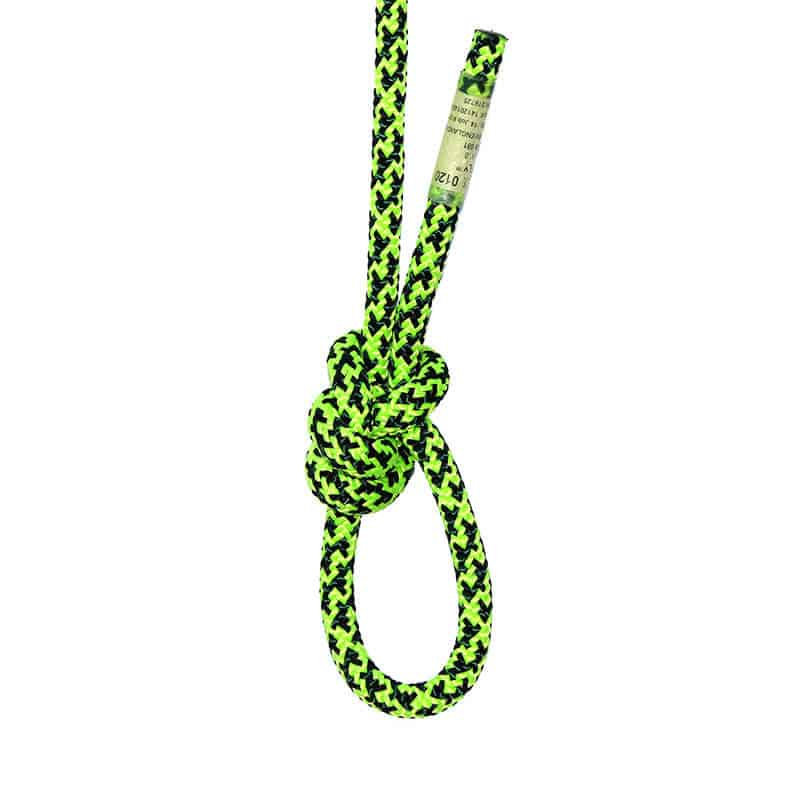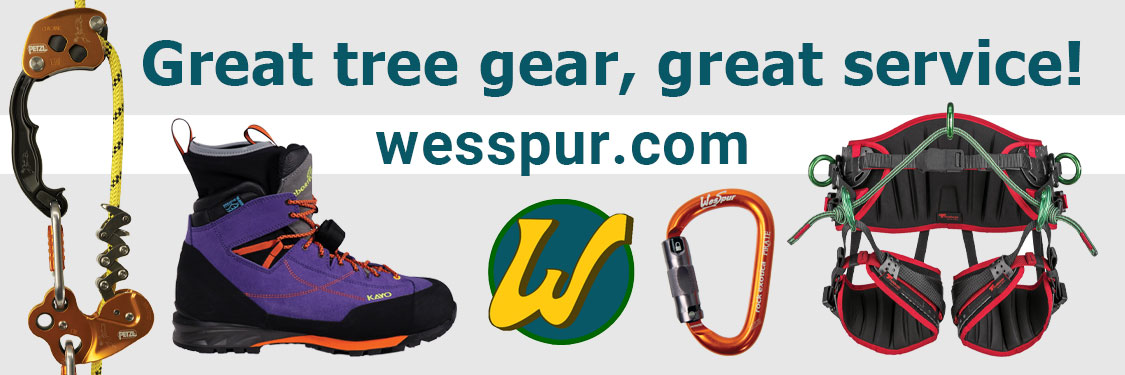Click the images to watch videos of the best and most commonly used friction hitches, termination knots and mid-line knots used by Arborists.
Alpine butterfly
Alphine butterfly
Type of knot:
Midline knot
Uses:
To create an attachment point midline on a rope that can be loaded in any direction.
Attach a pulley to create a 3-1 pulling system.
Create a midline stopper knot.
Create a retrievable system to descend a trunk once stripped of its branches.
Additional info:
This knot is easily untied after loading by simply folding the 2 outer parts of the knot away from itself.
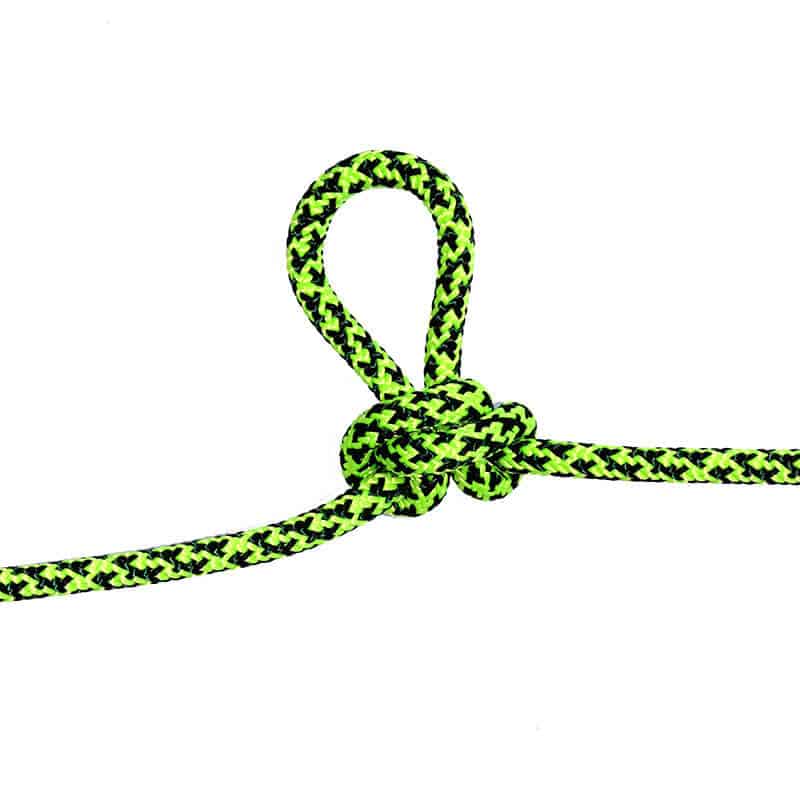
Anchor hitch
Anchor hitch
Type of knot:
Termination knot
Uses:
Attach a climber to their climbing rope when there is no spliced eye.
Attach a rigging rope to steel carabiner for use with webbing slings.
Additional info:
This knot is very simple to tie, it is a very strong termination knot that has a good bend ratio and is more compact than most other termination knots e.g. fisherman's.
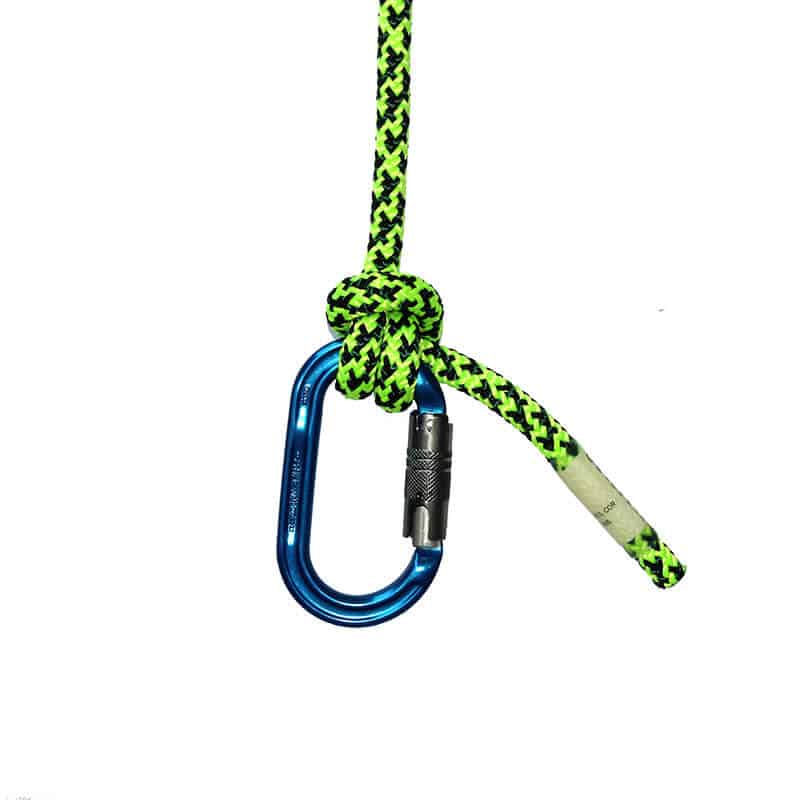
Blake's hitch
Blake's hitch
Type of knot:
Friction hitch
Uses:
To allow a climber to be supported on a doubled rope system, with the ability to ascend and descend by moving the knot one way or the other.
Additional info:
This knot can be tied with either a split tail or within a closed system.
This knot has aged within the industry as many more hitches that are better, smaller and can be tended by pulleys are being used.
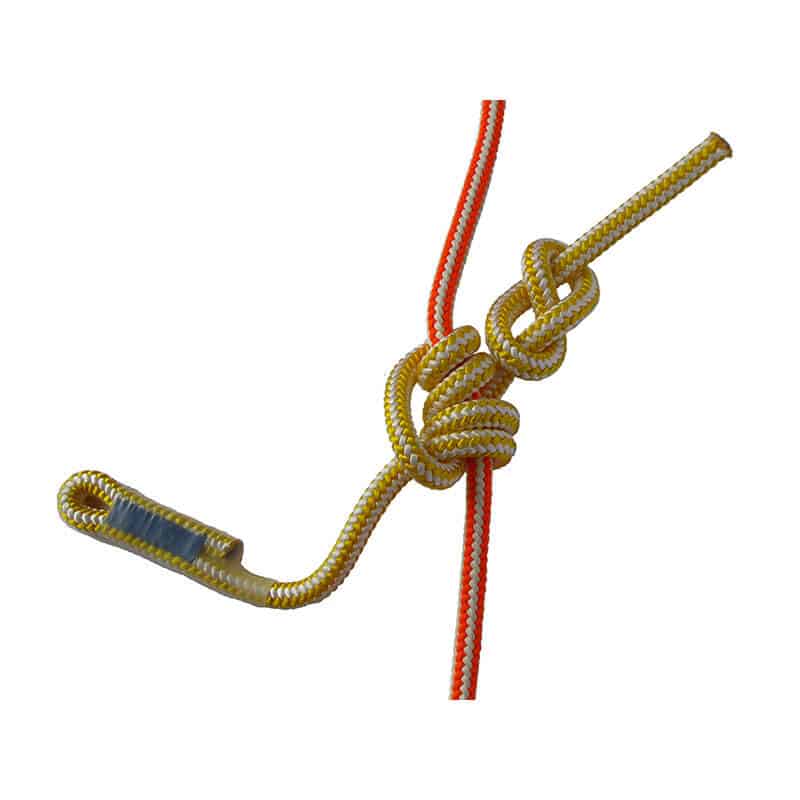
Bowline
Bowline
Type of knot:
Termination knot
Uses:
To attach a rope to many different objects.
To attach a rigging carabiner to rigging line when using webbing slings.
*Note: This knot isn't recommeded to be used as the termination knot for a tree climber as it doesn't cinch onto the karabiner.
Additional info:
This knot is one of the most well known knots around the world as it can be heavily loaded and still easily untied and has other variations for different tasks.
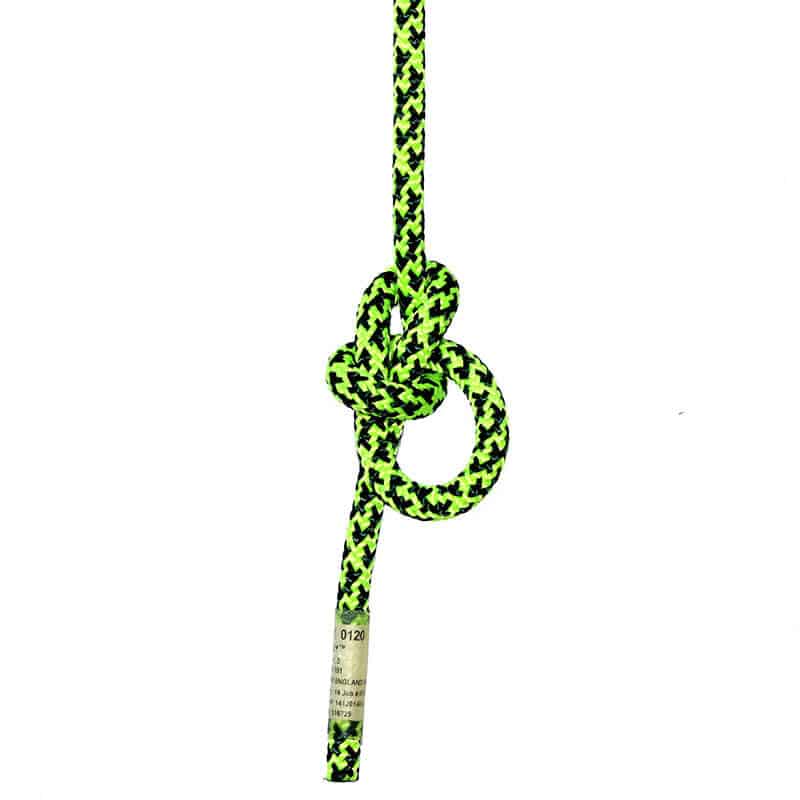
Bowline on a bight
Bowline on a bight
Type of knot:
Termination knot
Uses:
To tie a termination knot mid line that creates a strong connection point that can be connected to and then easily untied even after heavy loading.
This knot is good because it is recognizable and most people know how good of a knot the bowline is.
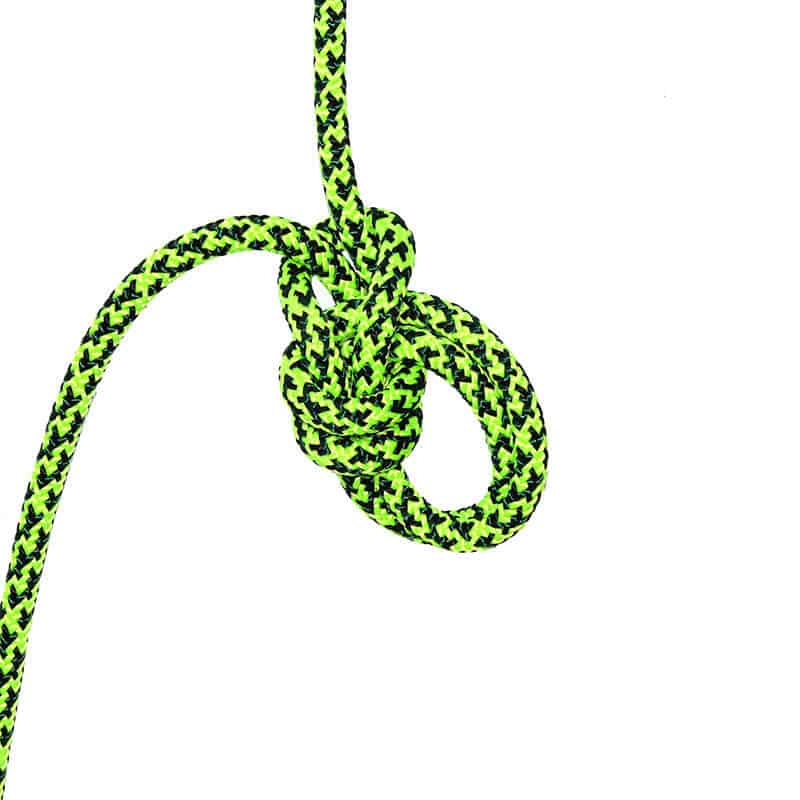
Buntline hitch
Buntline hitch
Type of knot:
Termination knot
Uses:
Attach a climber to their climbing rope when there is no spliced eye.
Attach a rigging rope to steel carabiner for use with webbing slings.
Additional info:
This knot is very simple to tie, it is a very strong termination knot that has a good bend ratio and is more compact than most other termination knots e.g. fisherman's.
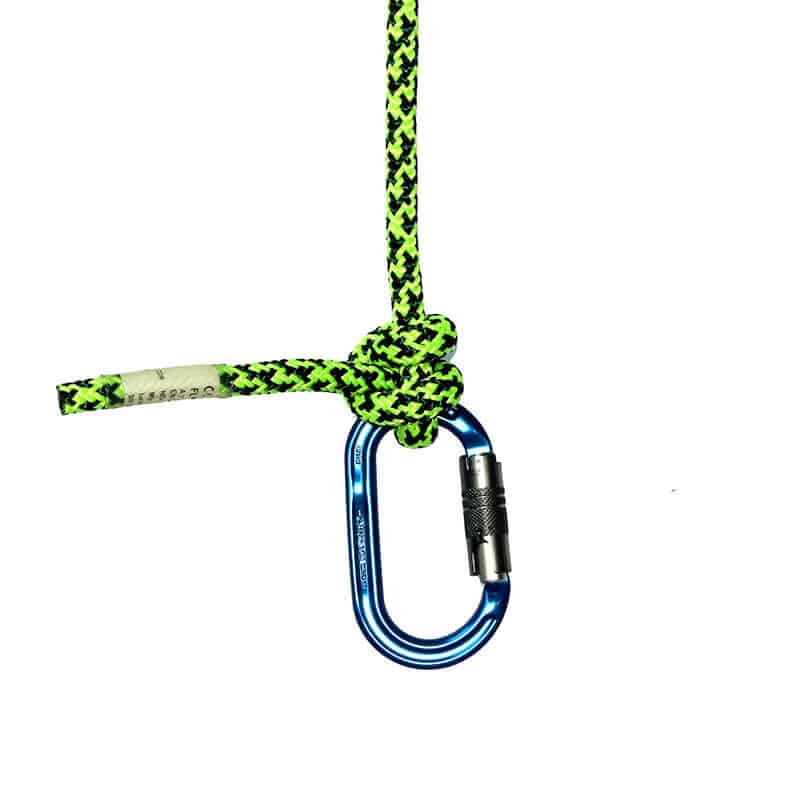
Clove hitch
Clove hitch
Clove hitch
The Clove hitch is a really good knot with many uses, it is a great knot for cinching down onto round objects e.g a pole pruner. It is quick and simple to tie, and easily adjustable which makes it useful for using as a static redirect on a carabiner and webbing sling.
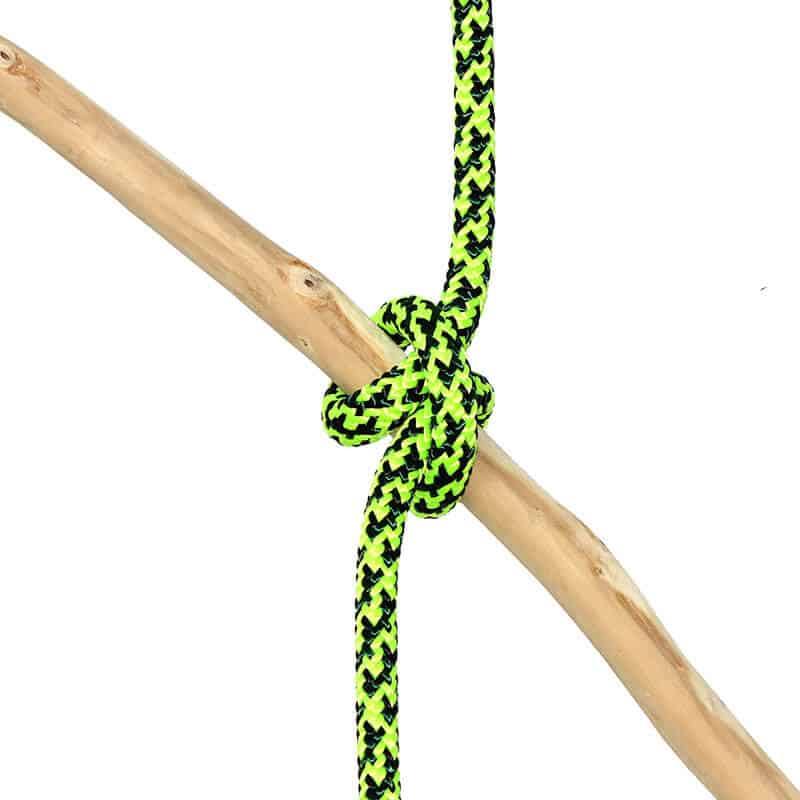
Daisychain (for storage)
Daisychain (for storage)
Type of knot:
Rope storage
Uses:
To tie up any ropes, slings and lanyards when storing them to keep things neat and unlikey to tangle.
Additional info:
It can be good practice to tie even small slings and strops in this manner because it helps shorten the length of the item and prevents them getting wrapped on other things.
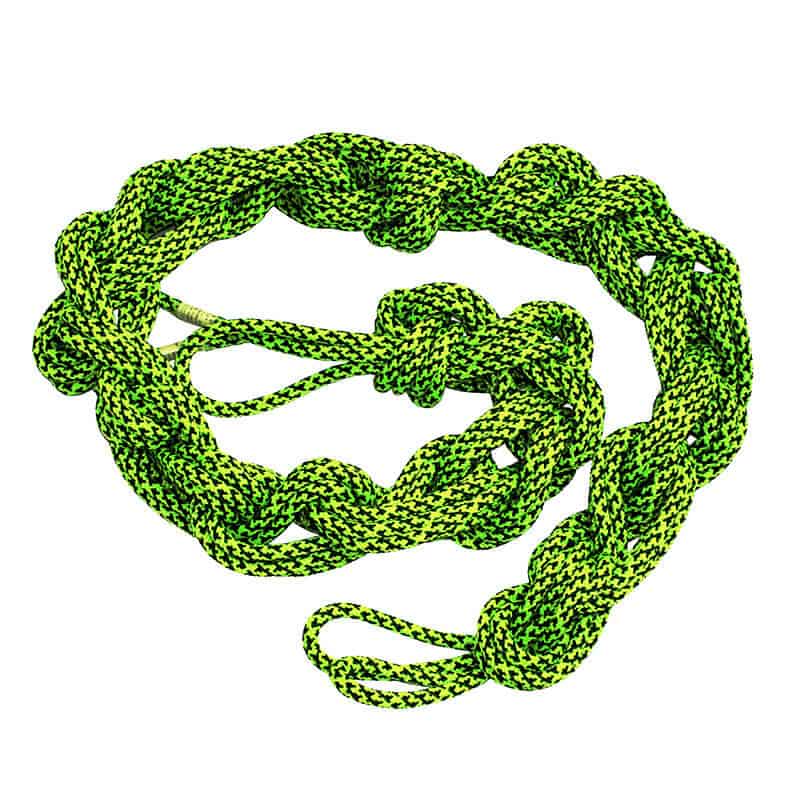
Distel hitch
Distel hitch
Type of knot:
Friction hitch
Uses:
To suspend a climber on their rope within a double rope system or single rope technique (if used with the addition of rope wrench or hitch hiker) and allows the climber to ascend and descend by moving the hitch in the desired direction.
Tie to a pull rope and attach a pulley to create a 3-1 pulling system.
Additional info:
This knot is a popular hitch to work along with a micro pulley which will tend the slack as the tail of the climbing rope is pulled.
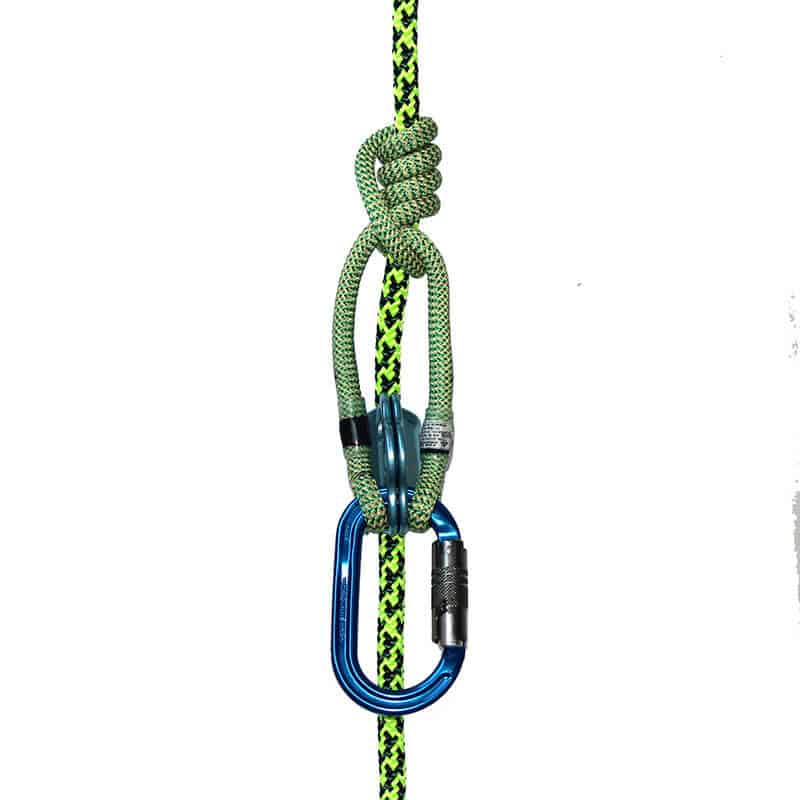
Double figure 8 on a bight *
Double figure 8 on a bight
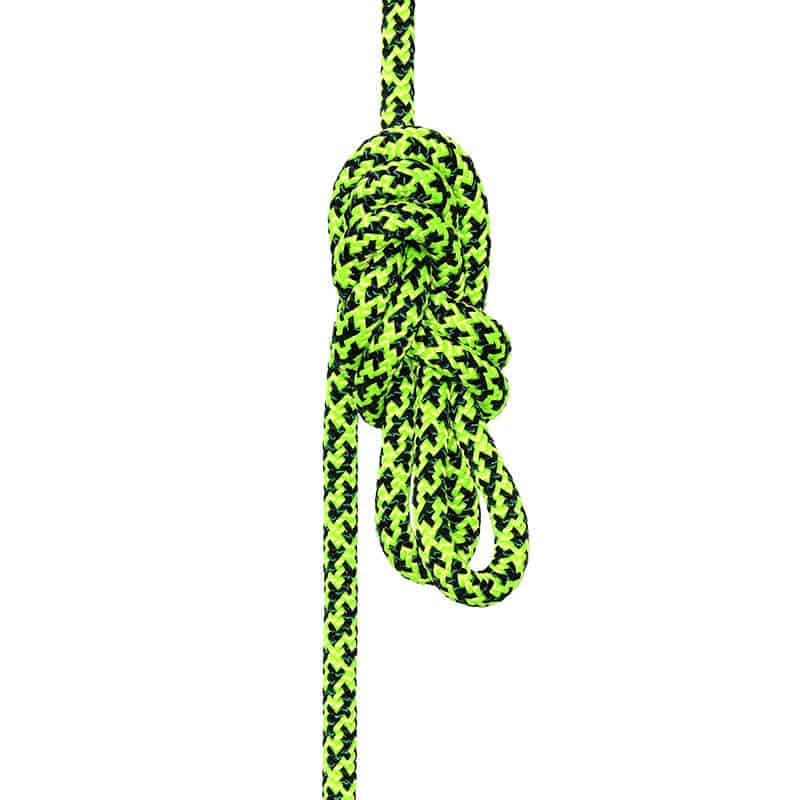
Figure 8 on the bight
Figure 8 on the bight
Type of knot:
Termination knot
Uses:
To create an attachment point for a climber to their rope if not spliced.
To Attach a base anchor to a static line in S.R.T.
To attach a static line to a base anchor in S.R.T.
Termination point for a false crotch.
Additional info:
This knot is a strong termination knot but can be bulky to climb on.
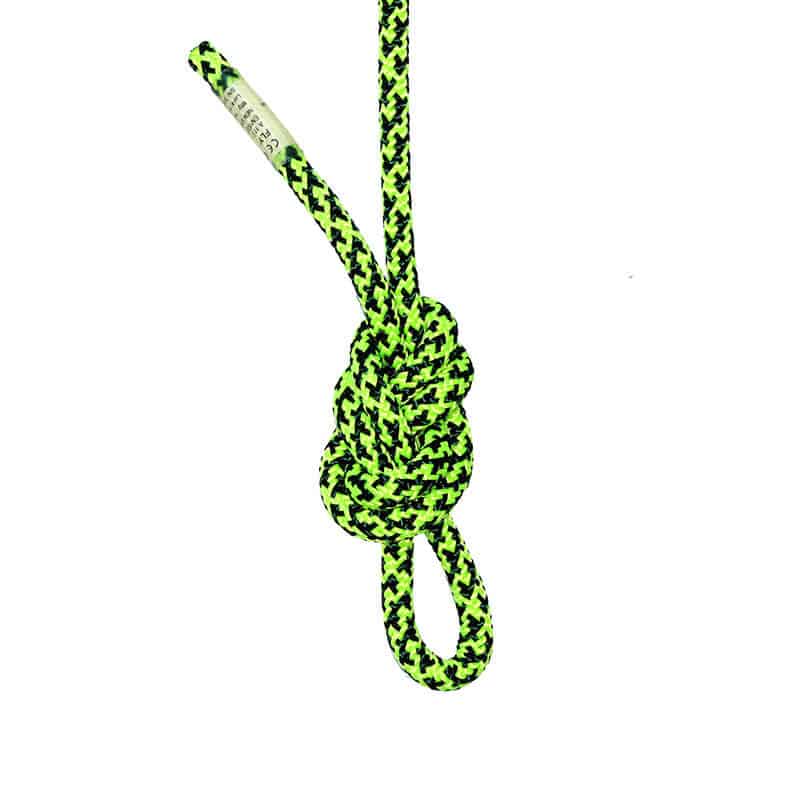
Double fisherman’s knot
Double fisherman’s knot
Type of knot:
Rope to rope attachment
Uses:
Used in the Arb industry primarily to form a Prusik loop.
Used to tie two ends of a rope or different ropes together.
Additional info:
When making a Prusik loop, once tied pull the loop hard to set and tighten the knots.
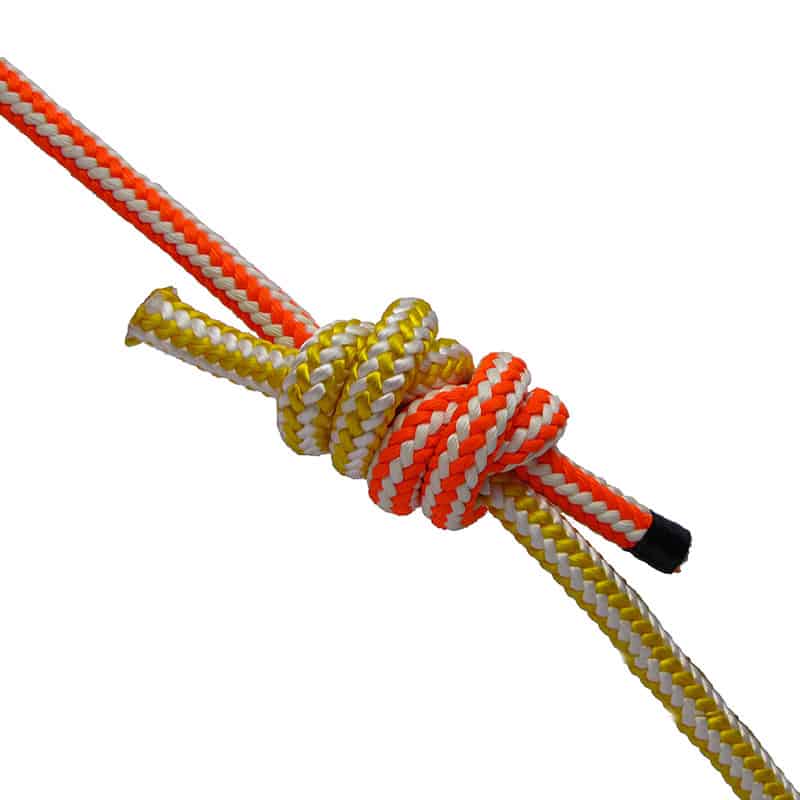
Figure 8 knot
Figure 8 knot
Type of knot:
Stopper knot
Uses:
Tied in the end of a rope of the tail of another knot to stop you sliding off the end.

Fisherman's knot
Fisherman's knot
Type of knot:
Termination knot
Uses:
To create an attachment point for rope to carabiner.
Climber termination knot.
Additional info:
This knot is usually tied with two wraps, but can be tied with 3 or even more if required.
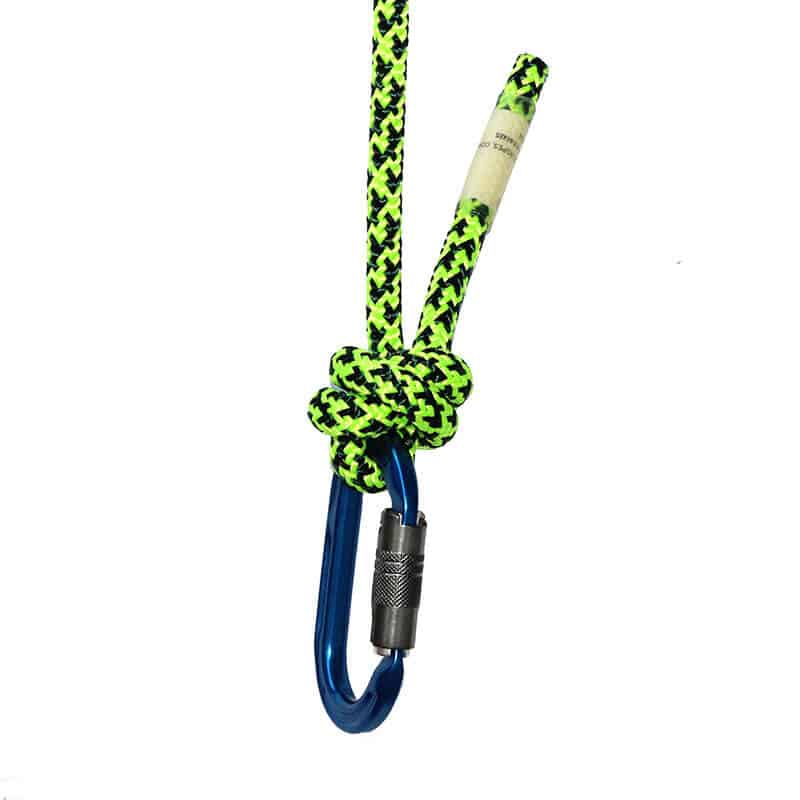
Klemheist
Klemheist
Type of knot:
Friction hitch
Uses:
To suspend a climber on their rope within a double rope system and allows the climber to ascend and descend by moving the hitch in the desired direction.
Tied around both sections of a rope to be able to ascend using static footlock technique.
Additional info:
This knot is most commonly used for the static footlock hitch.
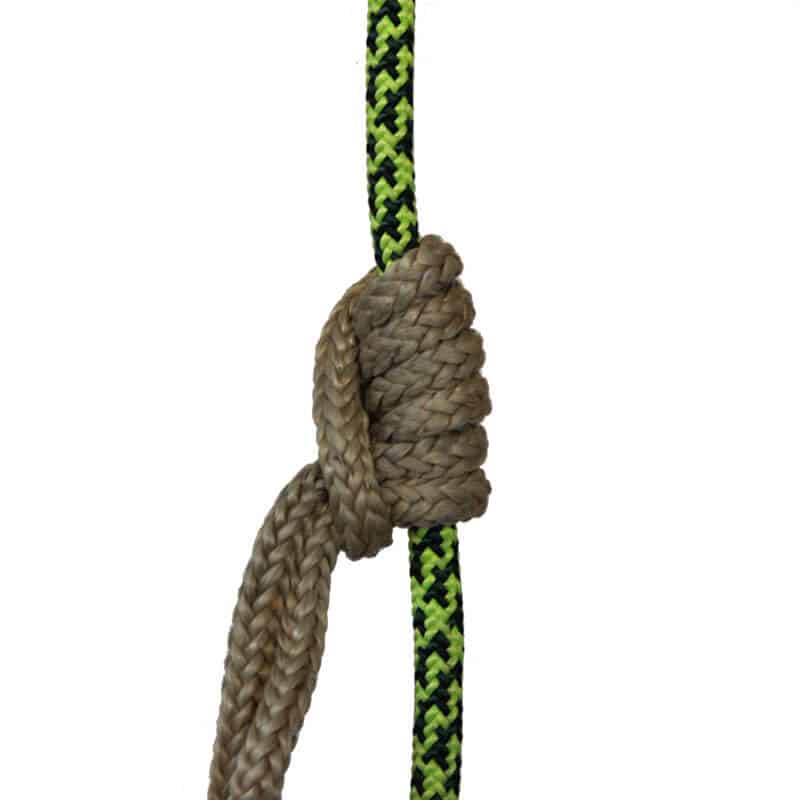
Girth hitch
Girth hitch
The girth hitch can be useful in various application, like tying a throw line to a rope, but it is a really important knot if using a prusik loop when connecting the loop into the carabiner. The Girth hitch prevents the loop moving around within the carabiner to take away the risk of the cord rubbing open the safety gate.
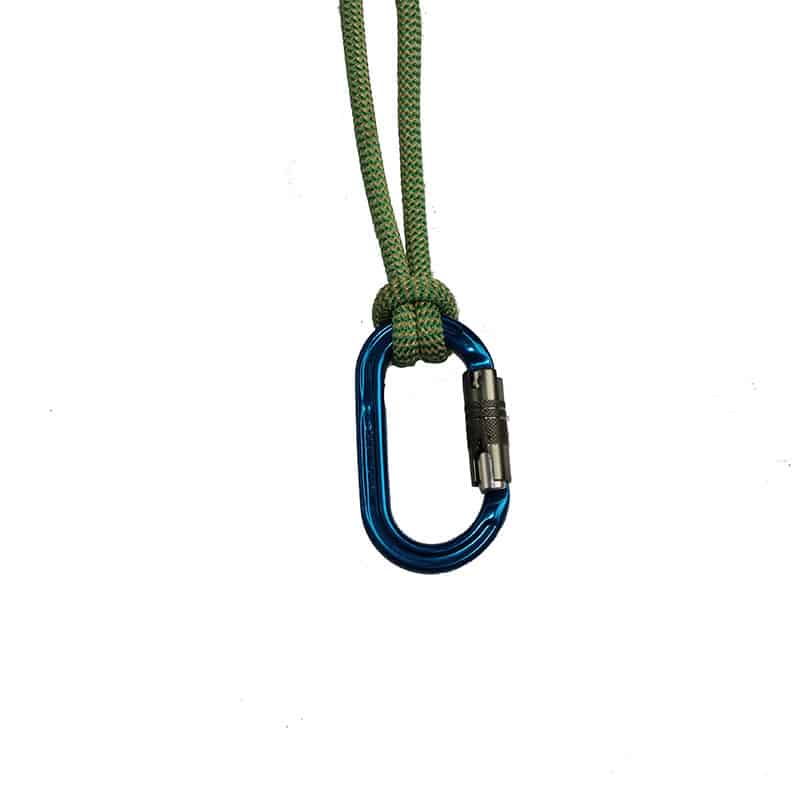
Munters hitch *
Munters hitch
No content

Prussik hitch
Prussik hitch
Type of knot:
Friction hitch
Uses:
To suspend a climber on their rope within a double rope system and allows the climber to ascend and descend by moving the hitch in the desired direction.
Can be tied around both sections of a rope to be able to ascend using static footlock technique.
Can be tied to a rope to create an attachment point for a pulley when setting up a 3-1 pulling advantage.
Additional info:
This knot is one of the original friction hitches of which many variations have come from. It is a very predicable hitch and can be tied with 4 wraps, or 6 wraps for extra hold.
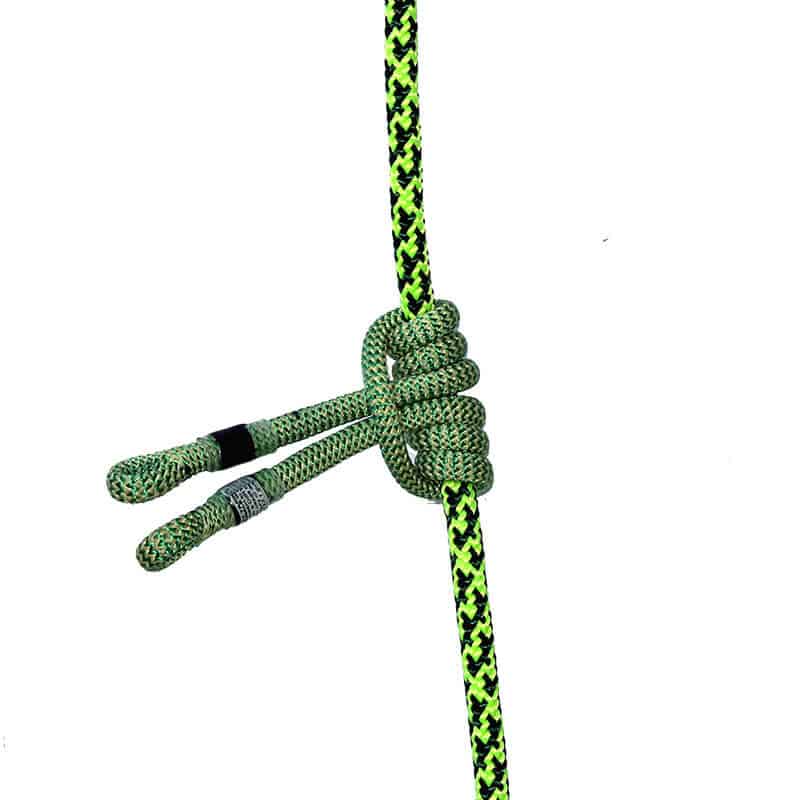
Schwabish hitch
Schwabish hitch
Type of knot:
Friction hitch
Uses:
To suspend a climber on their rope within a double rope system, or a single rope system (if accompanied by extra hard wear such as Rope Wrench or Hitch hiker) and allows the climber to ascend and descend by moving the hitch in the desired direction.
Can be tied to a rope to create an attachment point for a pulley when setting up a 3-1 pulling advantage.
Additional info:
This knot can be accompanied with a micro pulley to tend the slack as the tail of the rope is pulled through.
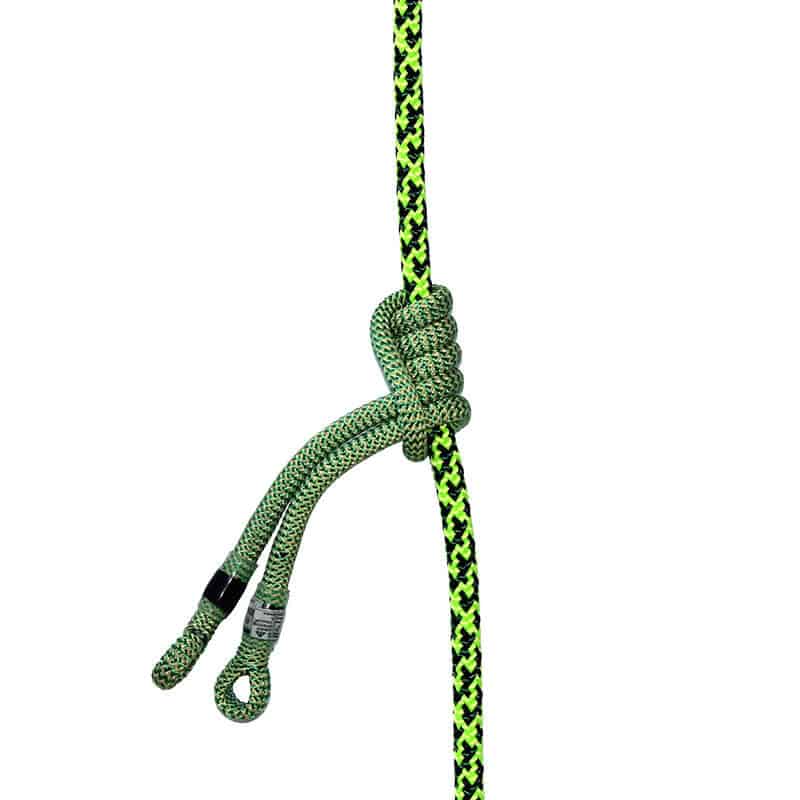
Sheet bend
Sheet bend
Type of knot:
Bend
Uses:
This knot is for going two ropes together, great for tying on an additional rope for the climber (e.g rigging line pulling rope).
Additional info:
This knot can be tied using different thickness of ropes, the thicker of the ropes should be used for the bight.
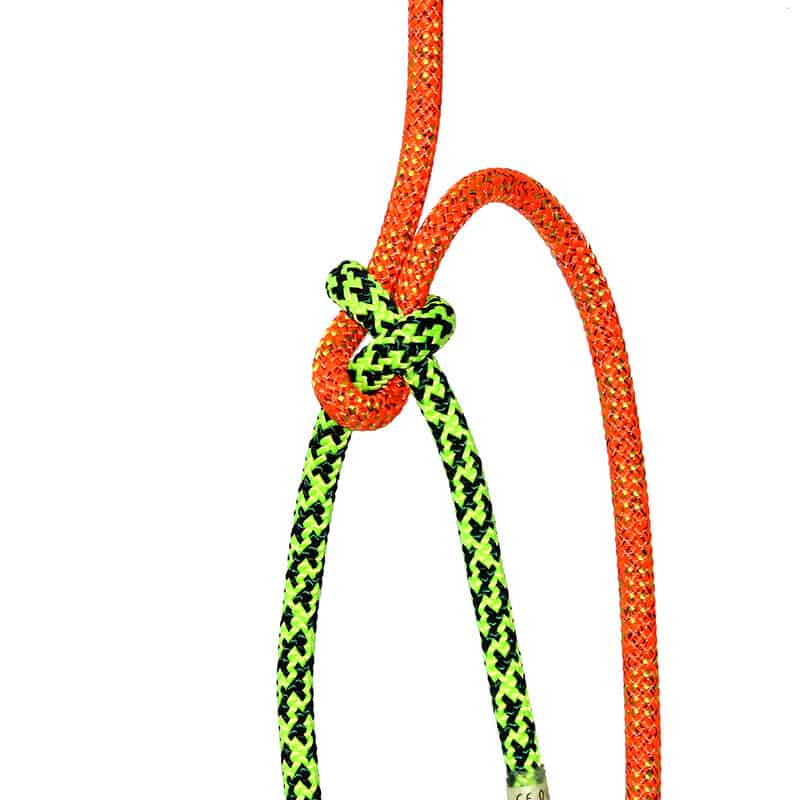
Sliding double fisherman's
Sliding double fisherman's to create a prussik loop
Type of knot:
This is a brilliant knot for creating a prussik loop because it gives you an eye that can be cinched onto a carabiner.
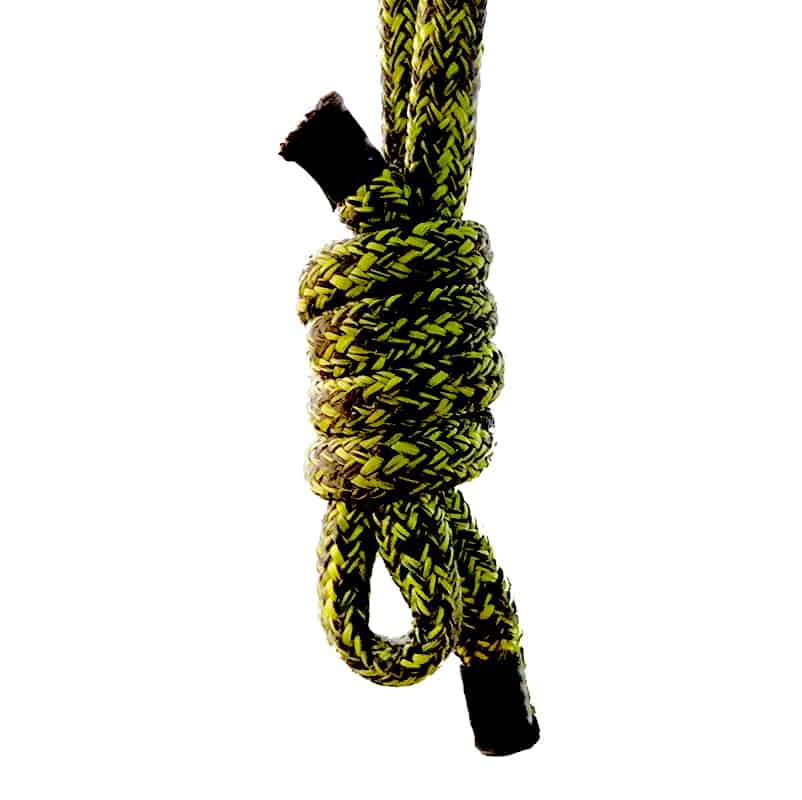
Slippery sheet bend
Slippery sheet bend
Slippery Sheet bend
The slippery sheet bend is a great option for tying on a rope for a climber as it can be quickly and easily untied.
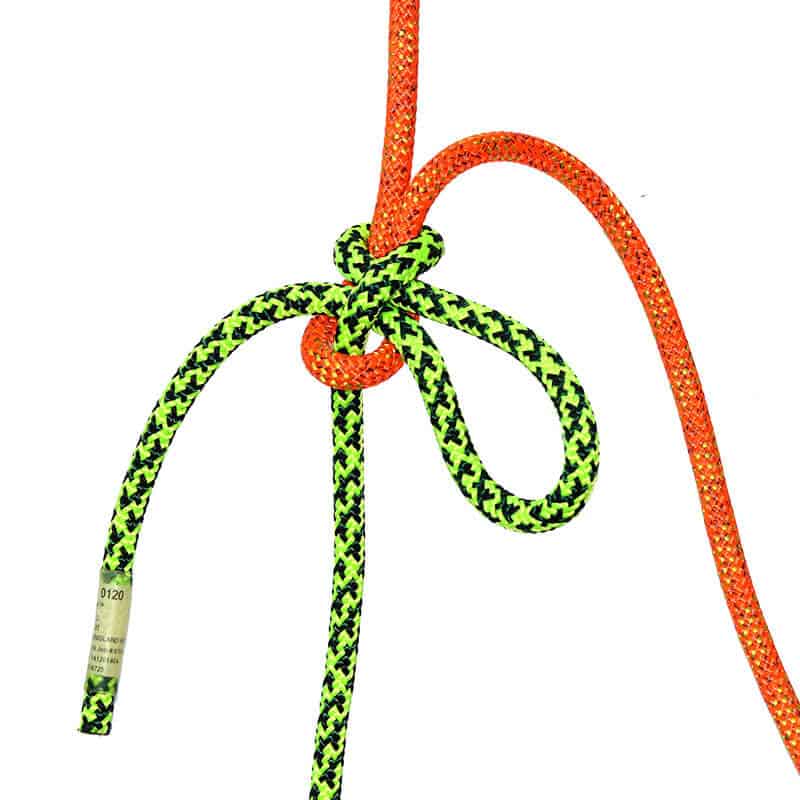
Slipknot/Marlin spike
Slipknot/Marlin spike
Type of knot:
Midline attachment
Uses:
To create a loop midline on a rope to connect tools etc.
Can be used to prevent the rigging rope getting pulled out of the rigging block while tying, then removed with a tug when tied in the correct direction.
Additional info:
This knot is directional.
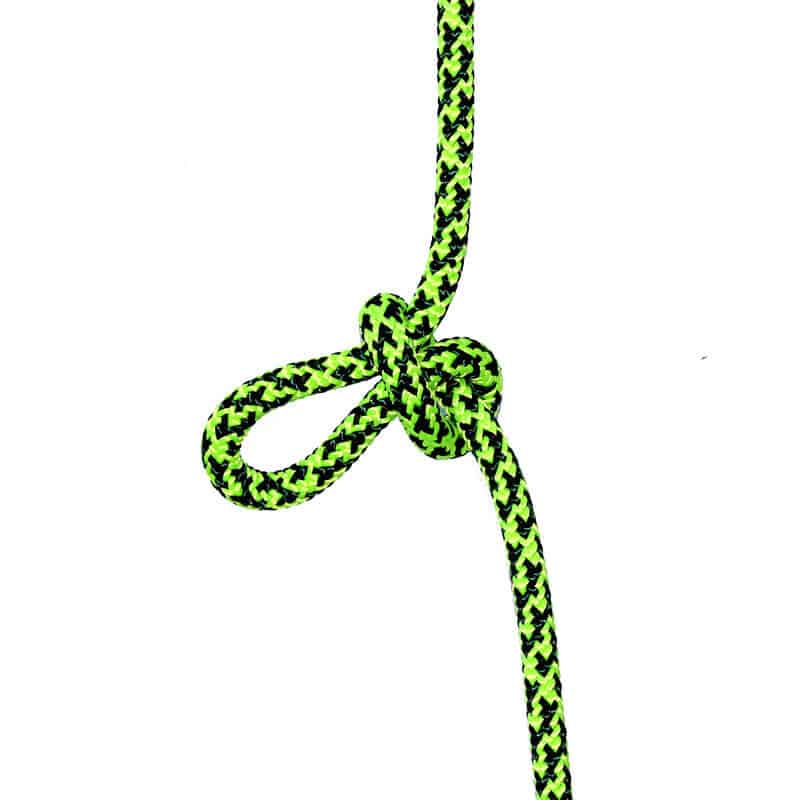
Slippery clove hitch
Slippery clove hitch
Slippery Clove hitch
The Slippery Clove hitch is a really useful knot for tying a throwline to a throw ball, because it makes the untying of it very quick and easy, rather than having to pick away at the thin line trying to untie it.
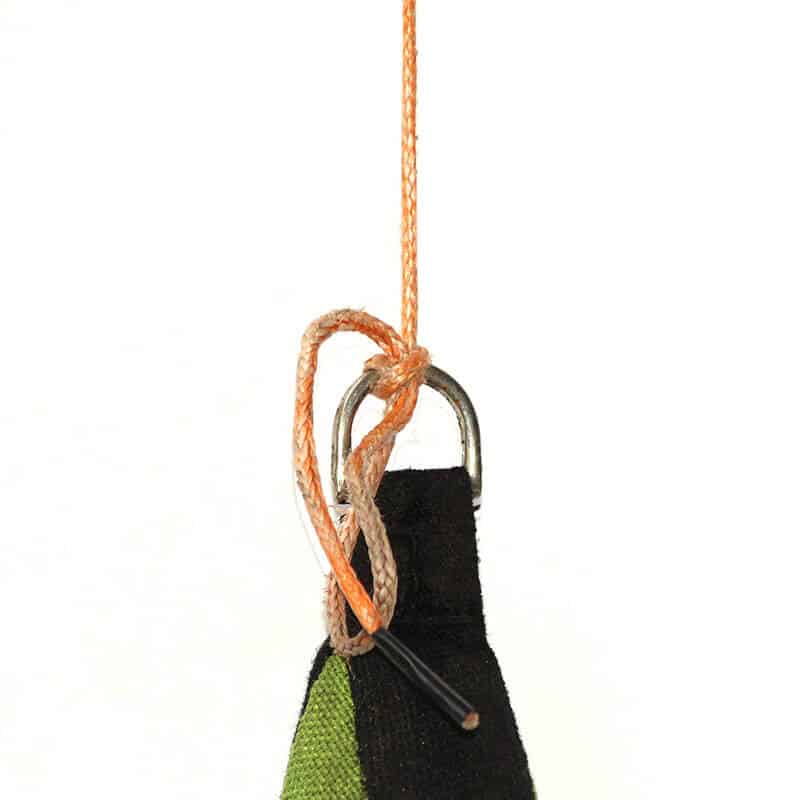
Valdotain Tresse
Valdotain tresse
Type of knot:
Friction hitch
Uses:
To suspend a climber on their rope within a double rope system or single rope technique (if used with the addition of rope wrench or hitch hiker) and allows the climber to ascend and descend by moving the hitch in the desired direction.
Tie to a pull rope and attach a pulley to create a 3-1 pulling system.
Additional info:
This knot is a popular hitch to work along with a micro pulley which will tend the slack as the tail of the climbing rope is pulled.
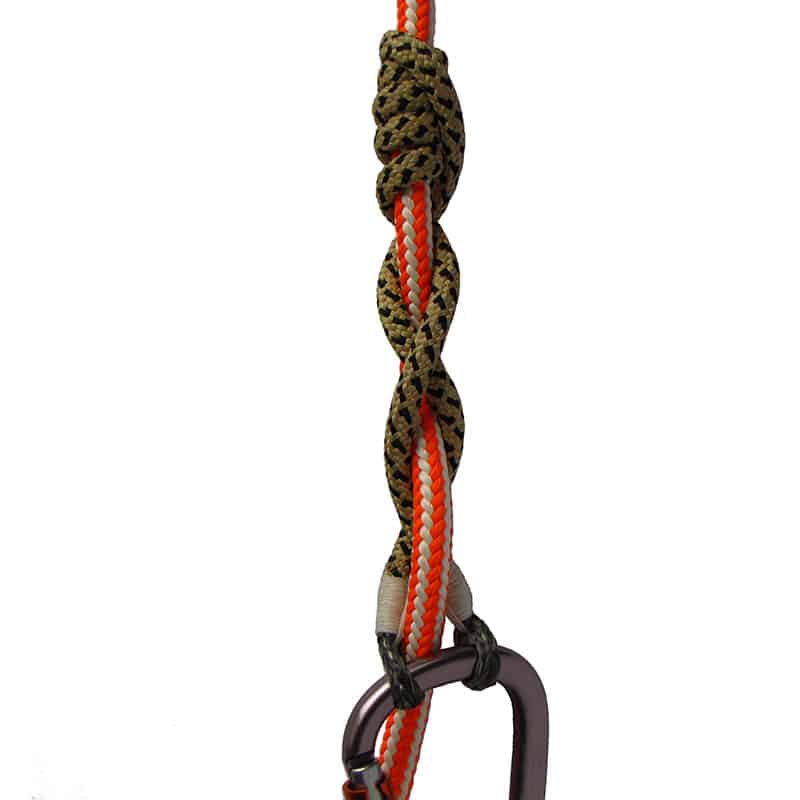
Bowline w/ Yosemite tie off
Bowline with Yosemite tie off
Uses:
The bowline is one of the most well known and used knots that can be used to tie onto an anchor/object in a fixed or running configuration, the Yosemite tie off adds extra security and piece of mind for the user.
